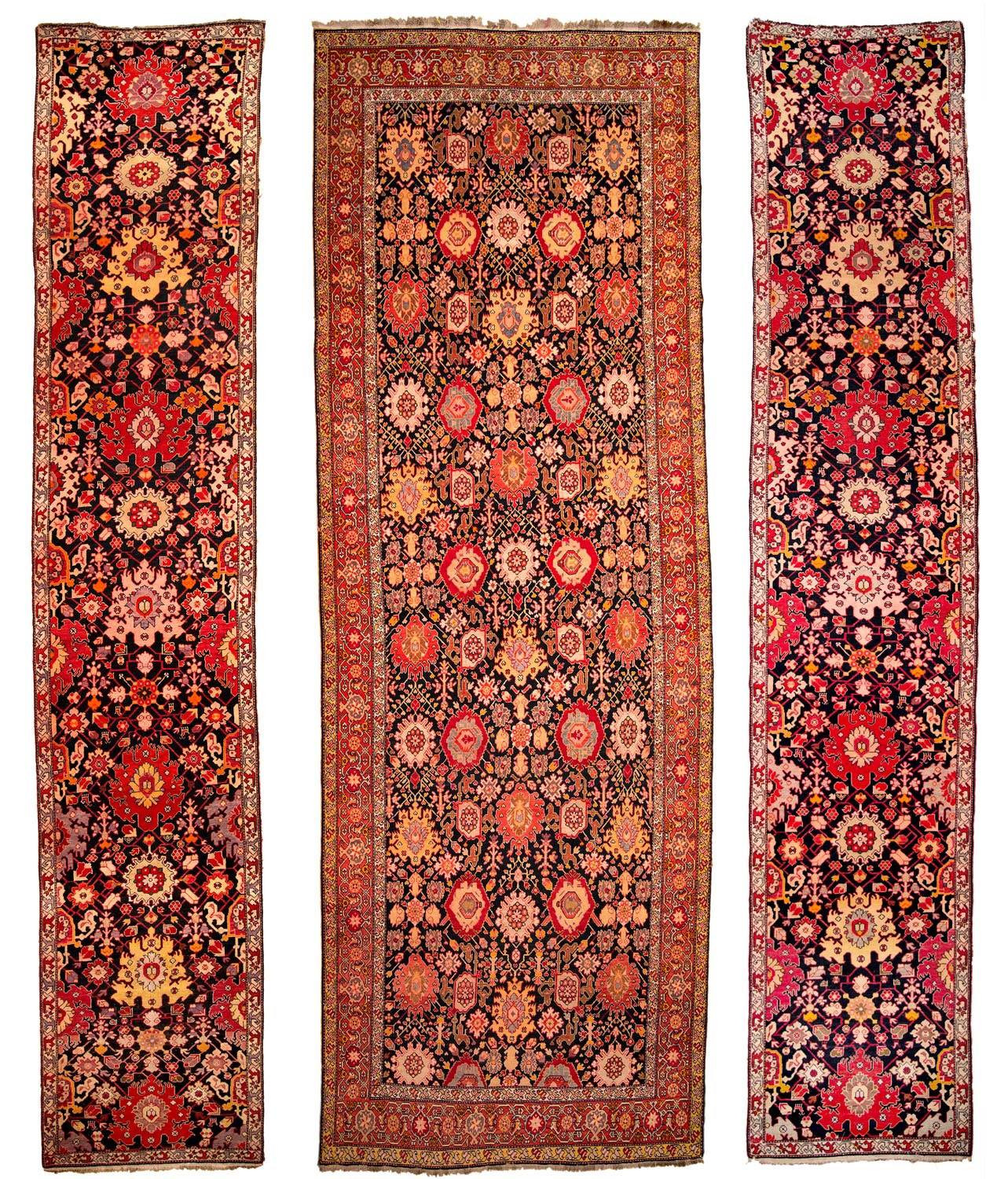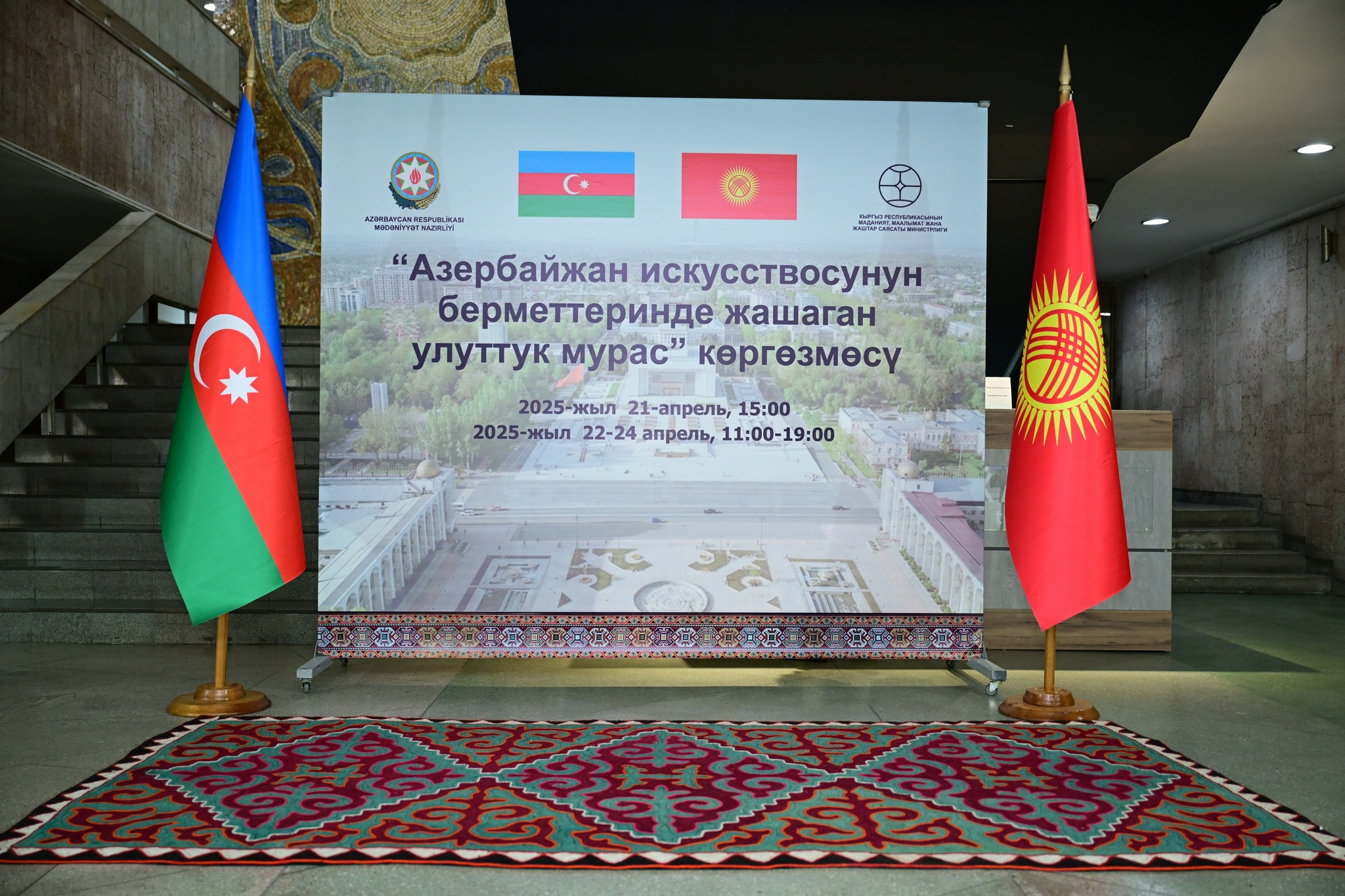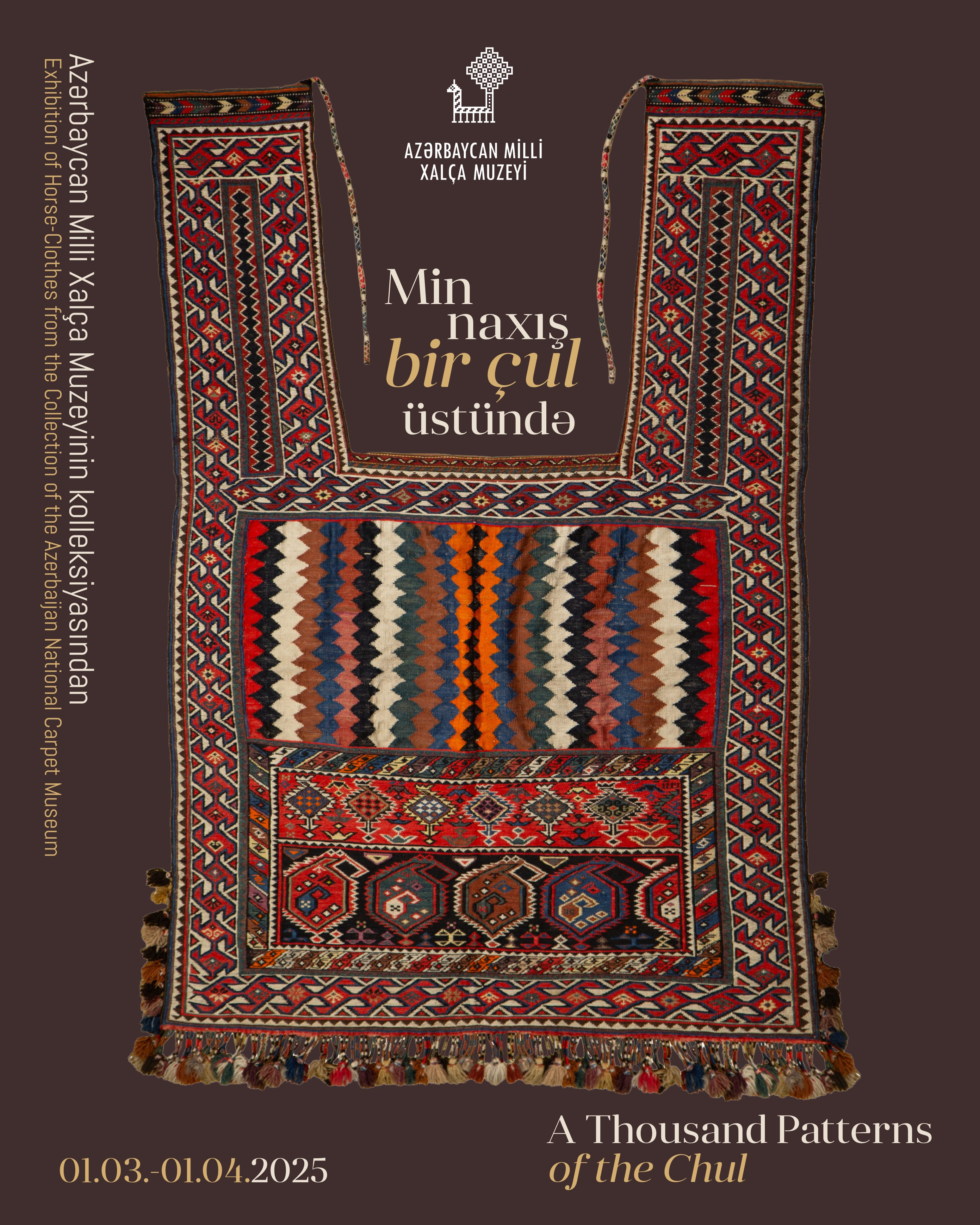Carpet Goja
Our glorious army continues to liberate our occupied lands.
Let's take a closer look at the Goja carpet woven in Karabakh, one of the most original samples of our collection.
The former name of the Goja carpet was Khojavend, referred to the name of a village. Although this carpet was famous as Khojan since the 18th century; it was later called Goja. The Goja composition developed from Shah Abbasi and Afshan compositions that professional orientalist painters from Tabriz created in the 16th century. During the 18th and 19th centuries, the carpet masters of Karabakh cultivated a unique Goja carpet composition and gradually began to change the shape of the floral elements placed on the carpet. Carpet masters enlarged the curvilinear components and depicted geometrical edges via notches and hooks.
Goja carpet was usually woven in the form of a carpet set called dast khali gabe. The houses in Karabakh were large and spacious, and people used carpet sets to design their interior. The central carpet, called khali, is about 4-7 meters long. Its side pieces of the same length, called kenare, are narrower.
Carpet Goja. Karabakh, Azerbaijan. 19th century. Warp, pile - wool; weft - wool, cotton. Azerbaijan National Carpet Museum collection.









